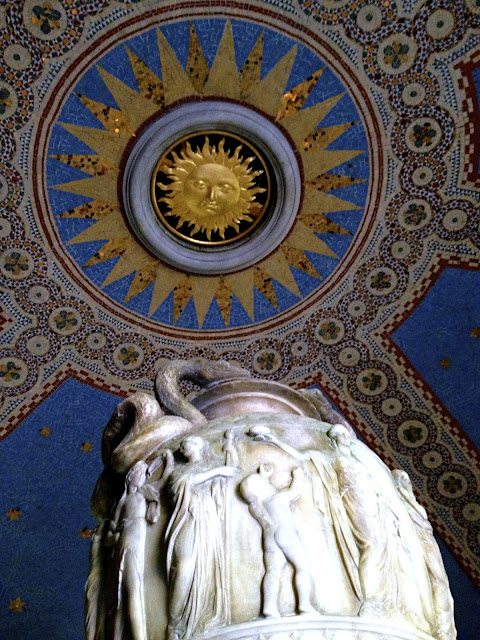 |
| Clan gathering |
The weather is always milder here due to the Gulf Stream, and as we step out along the sandy shore the deep snow of Boxing Day feels a world away.
 |
| Enjoying milder weather up north |
The beach east of the old harbour is about three miles long and looking out to sea, I realise that the next port of call must be Norway. The only sight to interrupt the view is the odd container ship crossing the horizon.
 |
| Next stop Norway |
The recent assault of Storm Frank has thrown up all sorts of flotsam, as well as interesting pieces of driftwood. We discover that one creative local has collected a bundle and fashioned into beachfront art.
 |
| Study in flotsam |



















































